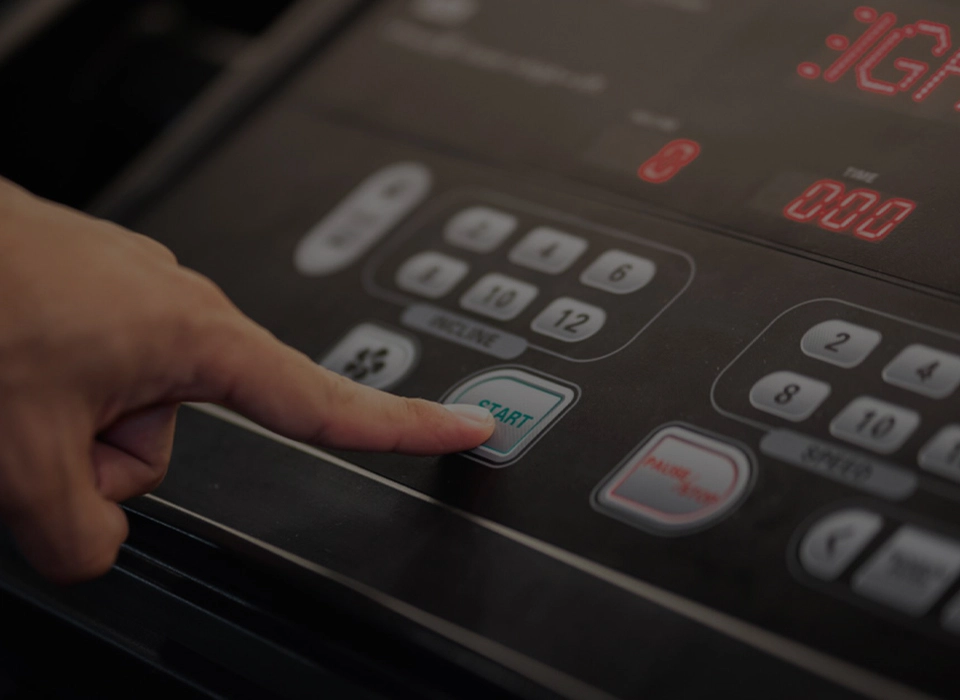With the advancement of technology, touchscreen devices such as smartphones and tablets have become an essential part of our daily lives. They have revolutionized the way we communicate, work, and interact with the world around us. However, touchscreen technology is not limited to these devices alone. Membrane switches, a form of user interface technology, have also found their way into smartphones and tablets. In this article, we will explore the use of smartphones and tablets for membrane switch technology and its potential impact on the user interface.
A custom membrane switch is an electrical switch that is activated by a user interface. It consists of several layers of material, including a printed circuit board, a graphic overlay, and a spacer. When a user presses on the graphic overlay, it causes the switch to close, completing an electrical circuit. Membrane switches are commonly used in a variety of electronic devices, including microwave ovens, remote controls, and medical equipment.
User interface technology has come a long way since the invention of the first mechanical typewriter in 1874. The QWERTY keyboard, first introduced in 1878, revolutionized typing and became the standard for typewriters, computers, and other electronic devices. However, with the advent of touchscreen technology, the QWERTY keyboard is slowly being replaced by more advanced user interfaces.
Smartphones and tablets have taken user interface technology to the next level. These devices have replaced physical buttons and keyboards with touchscreen interfaces that utilize membrane switch technology. By using a graphic overlay that is printed on a flexible material, users can interact with the device by pressing on the screen.
The use of membrane switches in smartphones and tablets has many advantages. Membrane switch panels are more durable than physical buttons and have a longer lifespan. They also require less space than physical buttons, allowing for more compact device designs. In addition, they can be easily customized, allowing for unique and user-friendly interfaces.
Smartphones and tablets are ideal for membrane switch technology for several reasons. First, they have large, high-resolution displays that provide ample space for custom graphics and icons. This makes it easier for users to navigate the device and access the features they need.
Second, smartphones and tablets have built-in touch sensors that are optimized for accuracy and sensitivity. This means that users can interact with the device using a light touch, which reduces fatigue and strain on the fingers.
Finally, smartphones and tablets are portable and convenient, making them ideal for use in a variety of settings. They can be used at home, in the office, or on-the-go, making them an essential tool for communication and productivity.
As technology continues to evolve, so too will user interface technology. Membrane switches produced by membrane switch supplier are just one example of how user interfaces are becoming more advanced and user-friendly. As smartphones and tablets become more powerful and ubiquitous, they will continue to play a key role in the development of new user interface technologies.
In conclusion, the use of smartphones and tablets for membrane switch technology is an exciting development in the world of user interface technology. These devices provide a convenient and efficient way for users to interact with their devices, while also offering unique customization options. As technology continues to advance, we can expect to see even more innovative user interface technologies that are tailored to our individual needs.
What is a membrane switch?
A membrane switch is an electrical switch that is activated by a user interface. It consists of several layers of material, including a printed circuit board, a graphic overlay, and a spacer.
How are membrane switches used in smartphones and tablets?
Membrane switches are used in smartphones and tablets by utilizing a graphic overlay that is printed on a flexible material. When a user presses on the screen, it causes the switch to close, completing an electrical circuit.
What are the advantages of membrane switches in smartphones and tablets?
Membrane switches in smartphones and tablets are more durable than physical buttons and have a longer lifespan. They require less space than physical buttons, allowing for more compact device designs. They can also be easily customized, allowing for unique and user-friendly interfaces.
How do smartphones and tablets contribute to the evolution of user interface technology?
Smartphones and tablets have large, high-resolution displays that provide ample space for custom graphics and icons. They also have built-in touch sensors that are optimized for accuracy and sensitivity, making them ideal for user interface technology.
What is the future of user interface technology?
As technology continues to evolve, we can expect to see even more innovative user interface technologies that are tailored to our individual needs. Smartphones and tablets will continue to play a key role in the development of new user interface technologies.
